Last month, my old friend Fred and I embarked on a rather unusual journey.
We’d planned to travel part of the original route of the historic Lincoln Highway (LH), an early route across the U.S. Opened in 1913, it wound 3989 miles — from Times Square, New York City to Lincoln Park, San Francisco — through 14 states, 128 counties and about 700 settlements.
Fred, retired professor, a man of astonishing erudition and humor, told me the LH is positively bursting with nostalgic interest. He spoke of ghost towns, funny signs, weird hotels and charming greasy-spoons. Moreover, he had a list of innumerable archeological, geological and anthropological wonders begging to be visited. He also mentioned the liklihood of encountering extraordinary— perhaps feral— folk along the way.
Fred has long been a big fan of the LH, and was very keen to get going. He has all the books and brochures and a head-full of facts. I, on the other hand, had never so much as heard of it, but was nonetheless eager, mainly because of my compulsion to explore new places. Besides, I was sure the company would be top-notch— several laughs a minute and continual stimulating banter.
Determining the Highway’s original route requires specialist knowledge; much of it has been incorporated into the Interstate highway system, leaving many interesting sections abandoned— absent from modern maps, GPS databases and even local knowledge— thus often challenging to find.
For practical reasons we decided to do only the western segment of the LH. Therefore, we had agreed to meet in Denver, which is half-way between our homes — his in Nova Scotia and mine in British Columbia. This sounded easy enough, on paper.
However, on the precise day we were to meet, a ferocious ice-storm hit central North America paralysing aircraft, and just about everything else. I learned that Fred’s plane was stuck on the ground in Toronto— essentially frozen to the spot. The storm raged on, with no end in sight.
Naturally, this was a sharp disappointment for poor Fred, but presented me with an unexpected opportunity for a modest expedition of some sort. I pulled out my map of Colorado and unfolded it. Nothing like the crinkle and the smell of a new map to quicken one’s pulse.
My eyes wandered over the map — wonderful colors, places I’d never heard of. The city of Colorado Springs caught my eye, about an hour south of Denver; that sounded attractive. Then I spied tiny Route 8 leading westward from Colorado Springs; I traced it with my index finger. It led to, of all places, Pikes Peak. Wow… Pikes Peak, I thought— the location of Pikes Peak International Hill Climb (PPIHC), one of the world’s premier road races! I decided to investigate the next day. Vroom-vroom.
I set out next morning in my rented Kia Soul— a fine rig, by the way—and in due course found Pikes Peak Road. I didn’t know what to expect apart from dozens of curves, an unrelenting climb, and thousand-foot drop-offs with no guard rails. I didn’t know if the road was paved all the way up, or if it was blocked by snow; I doubted it went all the way to the summit, which I figured was too high for a paved road.
During the day I learned as much as I could about this peak, also known as America’s Mountain. That’s quite a claim, but I like it. It’s named after American explorer Zebulon Pike, who was sent by President Jefferson in 1806 to explore that region, recently bought from France, as part of the Louisiana Purchase. Pike and his men almost perished attempting to climb the mountain in waist-deep snow. Fortunately, they had the sense to quit, and so lived to make their report.
I was amazed to learn there are 53 mountains in Colorado over 14,000 feet tall – they are called “The Fourteeners”, a source of great pride. Pikes Peak only ranks 30th in elevation among them, but is the tallest mountain in America from there eastward; it’s designated a National Historic Landmark.
The Pikes Peak International Hill Climb is an annual motor race first held in 1916; it’s the second-oldest road race in the country, after the Indianapolis 500. On average there are 130 participants in several divisions: cars, trucks, motorcycles, ATVs, dune buggies and others. The course is 12.4 miles long, has 156 turns and climbs a vertical distance of 4720 feet, ending at the summit, elevation 14100 feet. Since 2011 it has been paved all the way to the summit. The city of Colorado Springs maintains it as a toll highway. Ten bucks gets you through the gate.
The following video will give you a feel for the mountain and its race.
Randomia:
- In 1883 Massachusetts songwriter Katharine Lee Bates, a clergyman’s daughter, wrote “America The Beautiful”, after visiting Pikes Peak. The words are very moving, even today.
- In 1913, William W. Brown drove his 60 HP, straight-four Stutz Bearcat to the summit in 5 hours, 28 minutes. The latest speed record was set in 2013 when Frenchman Sebastien Loeb in his Peugeot 208 T16 completed the course in just 8 minutes, 14 seconds.
- In 1929 Texan Wm. Williams pushed a peanut to the summit with his nose. It took 21 days and he wore out150 peanuts. The ultimate condition of his nose is lost to history. It’s been done several times since in less time, and has become something of a cult challenge.
- The apostrophe in “Pike’s” was abandoned by official decree of the U.S. Board of Geographic Names in 1893. This is a great shame, if you ask me; for some reason I love apostrophies.
- Along the highway is a serious-looking “Bigfoot Crossing” sign. Make of that what you will.
It’s impossible to do justice to the climb in mere words— pure sunshine, deep blue sky, dizzying curves, brilliant snowbanks, momentary anxiety, kaleidoscopic spectacles, constantly jumping out of your skin with the thrill of it all— that’s as close as I can come. In a sense, it’s like running up the Razor’s Edge. You can scarcely believe you’re there, doing that. Your senses pretty well short-out.
By the time I’d reached the summit, I’d become aware of the altitude— a tightening in my chest, an emerging headache and a certain mental loopiness. I saw a bumper sticker asking, “Got Oxygen?” In all, though, the overriding feeling of this glorious cruise through the sky was a sense of utter privilege—indeed, blessedness —to be there. If you get the chance yourself, don’t miss it.
Note to Fred: “This means you!” Next time for sure.

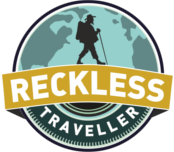
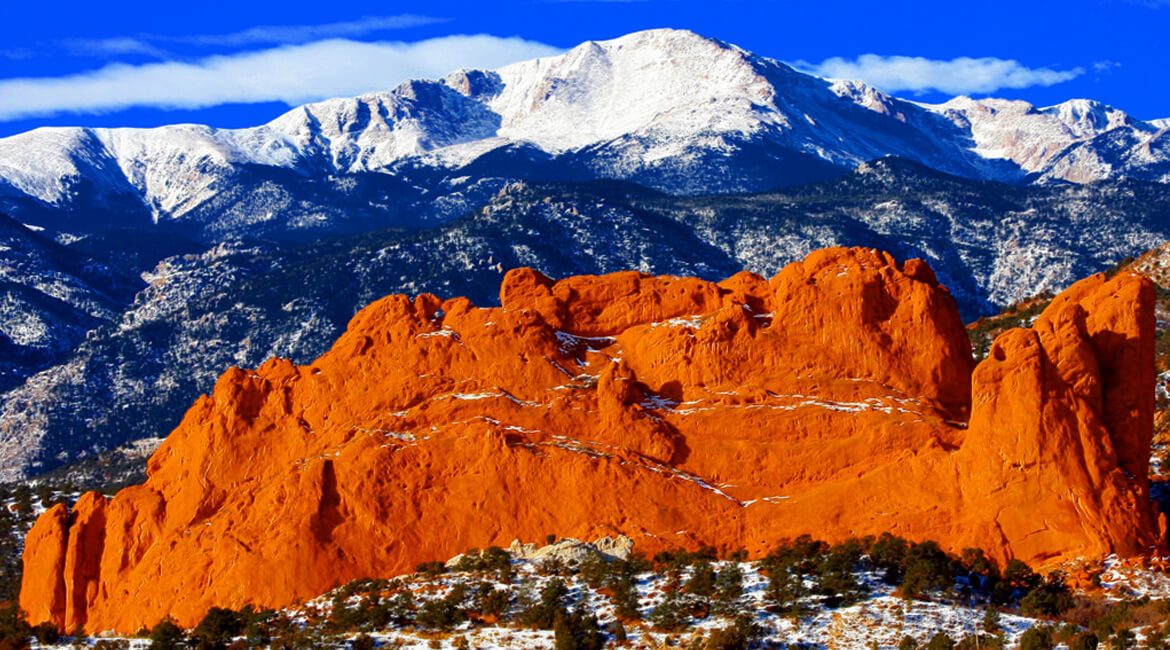
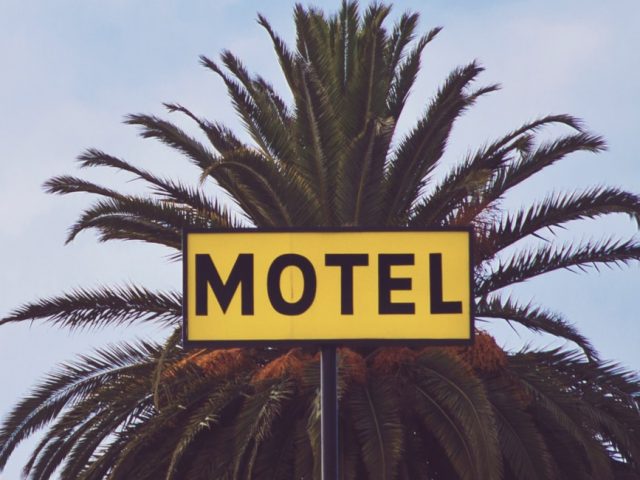
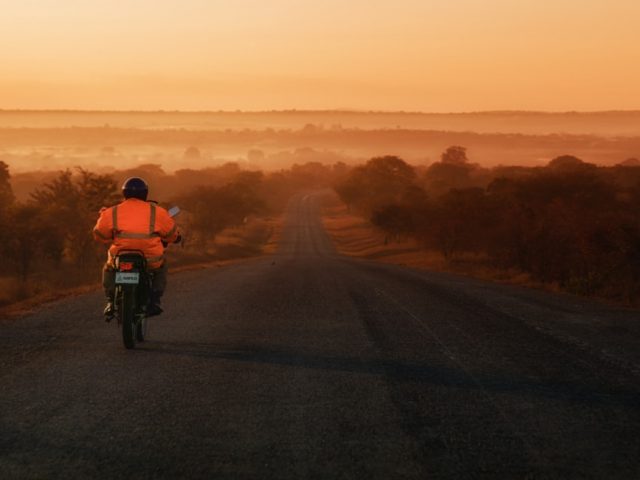
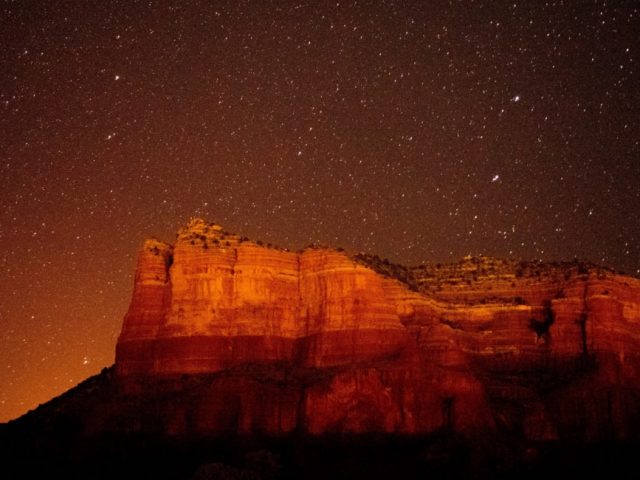
Facebook Comments